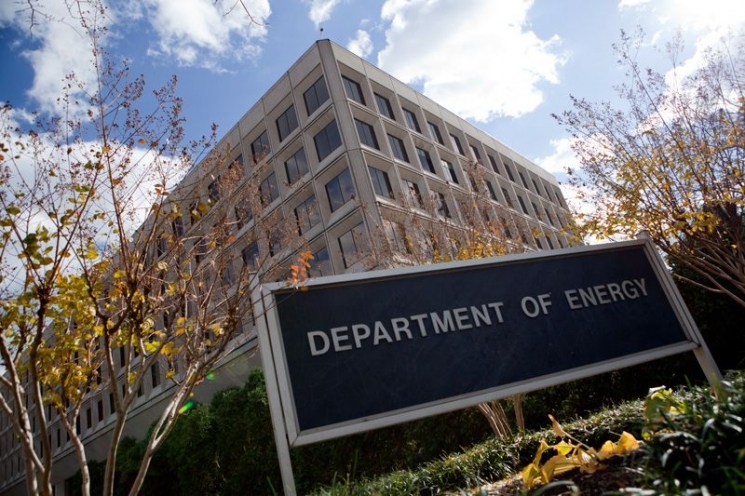 This week, the Department of Energy announced it would cut funding for the troubled American Centrifuge Project. In a time of acrimony and appropriations gridlock in the Capitol, a sensible decision, albeit a belated one, deserves some recognition.
This week, the Department of Energy announced it would cut funding for the troubled American Centrifuge Project. In a time of acrimony and appropriations gridlock in the Capitol, a sensible decision, albeit a belated one, deserves some recognition.
The American Centrifuge Project, which was owned by the United States Enrichment Corporation – now known as Centrus Energy, as I will explain later — was meant to develop, demonstrate and eventually commercialize new technology to enrich uranium fuel for use in nuclear power plants. From the beginning, the success of the American Centrifuge Project was predicated on significant government funding. The plan was to secure billions to construct a new enrichment facility using the centrifuge technology in Piketon, Ohio. But securing billions in government subsidies wasn't the corporation's only uphill battle. The project was also plagued with technological troubles.
The United States Enrichment Corporation was established as a government owned and operated entity in 1992. It was then privatized in 1998 with assets and technology developed by the federal government over decades. But it never could get its house in order, even with constant influxes of taxpayer support. For years, the company was helped by lucrative uranium transfers and relied on contracts, especially with the Russian-owned Tenex, that had been secured by the government.
The corporation's goal was to commercialize a more efficient centrifuge enrichment technology. So the American Centrifuge Project was born. The plan, however, relied upon obtaining a $2 billion loan guarantee through the new Loan Guarantee Program created by the Energy Policy Act of 2005. After applying in 2008, the Department of Energy quickly asked the United States Enrichment Corporation to withdraw its application in 2009 saying, “the project runs the risk of either major cost overruns or [technological] reliability problems or both.” Later cost estimate increases and technical failures would prove them right.
The corporation reapplied with a small amount of private support in 2010, but the prospects for the project hadn't improved. Its stock price soon began to tumble.
In a move that kept the company afloat, the Department of Energy eventually agreed to fund a much smaller research, development and demonstration version of the project. From June 2012 to April 2014, the Department of Energy spent $280 million funding 80 percent of the endeavor. In the meantime, the company had closed its plant in Paducah, Kentucky, leaving it without any enrichment capacity. In March 2014 it filed for bankruptcy.
Amazingly, that didn't stop the Department of Energy or Congress from funneling it more money. The 2014 Omnibus allowed the Department of Energy to give the company nearly $119 million, even though it had just announced plans to file for bankruptcy. Since then, it has emerged as Centrus Energy and the American Centrifuge Project demonstration project has been transferred to the Oak Ridge National Laboratory. Centrus has been kept on as a project subcontractor to keep the centrifuges running and was awarded a contract for $117 million.
That contract will expire on September 30. Thankfully, the Department of Energy has decided the American Centrifuge Project should too. DOE will be extending the contract for Centrus to continue operating a separate facility in Oak Ridge, Tennessee, but will cease funding any operations at the centrifuge facility in Piketon.
It should not have been a hard decision to make: Recent reviews of the government's enriched uranium inventory have shown there isn't a dire need for more enrichment capacity, and Centrus has admitted that its plans to commercialize the American Centrifuge Project “are [not] economically viable.” Continuing to run the centrifuges in Piketon would have amounted to little more than a science experiment costing tens of millions of taxpayer dollars, and the Department of Energy has stated it doesn't really even need the data that it would provide. A better decision would have been to let the United States Enrichment Corporation's dreams quietly fade back in 2009, when the Department of Energy first denied the loan guarantee, or to stop funding it altogether when the company announced plans to file for bankruptcy in 2014. Taxpayers could have saved close to $400 million, spent on what even a casual observer would recognize as a doomed project.










